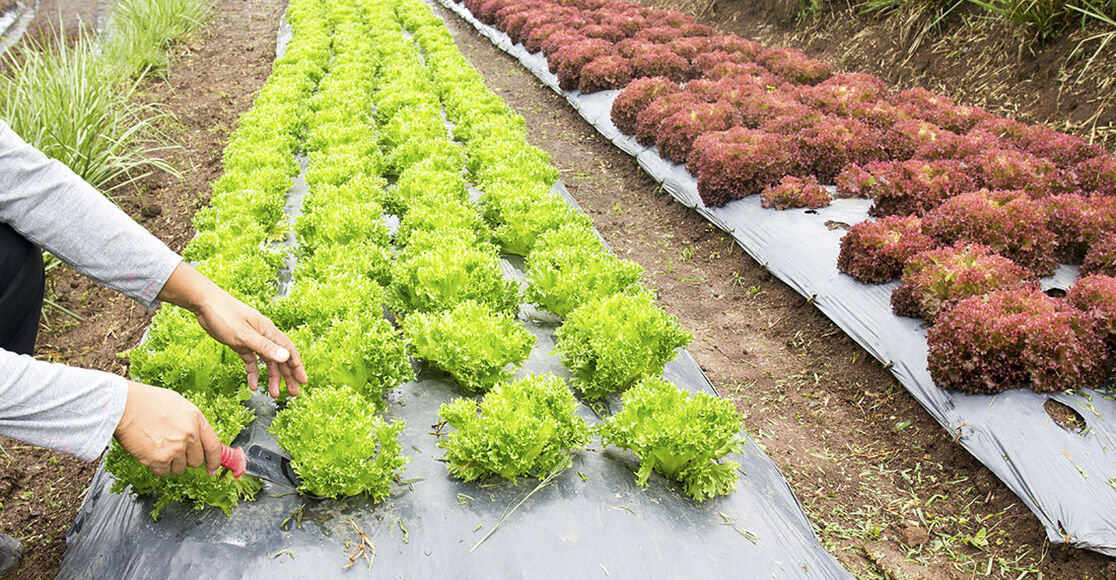Plastic may not be the first material you think of when tending to your garden, but if you're less than thrilled about weeding and using toxic insecticides or want to improve the quality of your plants, you might consider plasticulture gardening. Plasticulture involves adding a layer of thin plastic mulch (lightweight plastic film) over garden beds - a technique many home gardeners already employ.
The Benefits of Plasticulture Gardening
This type of gardening has been known to help gardeners harvest fruits or vegetables earlier as well as extend the growing season - a bonus in areas of the country with short periods of warm weather.
Alternately, this system is also beneficial to gardeners in more arid regions because it keeps the soil moist. The layer of plastic mulch retains moisture and controls the soil temperature while hindering weed growth and the invasion of insects.
Types of Plastic Mulch
Choosing the right color of plastic mulch is dependent on the types of fruit and vegetables you plant in your garden, as the color of the mulch controls the surface temperature and the soil temperature beneath.
- Plants like beans and eggplant do best when using black plastic mulch, while tomatoes and strawberries yield greater amounts of fruit when grown under red plastic mulch.
- Clear plastic mulch warms the soil more efficiently; however, it doesn't deter weed growth.
- If you plan on growing fall crops like cabbage and broccoli during the hot summer months, it's best to use a white/black patterned mulch as it provides cooler soil temperatures needed for the plants to grow healthy and strong.
- It's important to note that some plants, including watermelons and pumpkins, aren't good candidates for plasticulture gardening because they are unable to root to the soil as they grow with mulch covering the ground.
Creating a Plasticulture Garden
Your plasticulture garden can be as simple as building up rows of soil or as creative as using discarded wooden pallets or framed planter boxes. But no matter what you end up using as the bed for your garden, it's still key to make sure there is a proper irrigation system in place. It's recommended to use a soaker hose or a drip tape system for these purposes. Also, make sure to install irrigation before laying down the mulch and planting crops as this will save you time and the necessity of using the watering hose.
